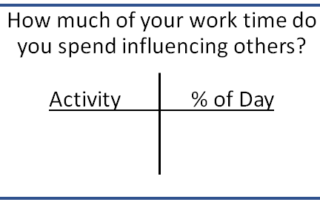9 Ways to Say No Without Saying No
Saying no is an often-overlooked influence technique. It is not simply saying no; it’s saying no and suggesting you or the other person/people involved do something differently. For example, someone asks you to give them a recap of a meeting they missed, but you don’t have time to do so. Rather than just saying no, you could use a leading question, saying, “I’d like to help, but I’m afraid I might accidentally leave out an important point. Did you know that the meeting’s minutes are available online in the meeting notes? Do you think it would be better to look there?” This type of technique has the dual benefits of saving you from having to spend time recapping the meeting and simultaneously redirects the person to a place where they can get the needed information. Using these types of “redirection techniques” can save you from: Feeling confrontational by saying no. [...]










